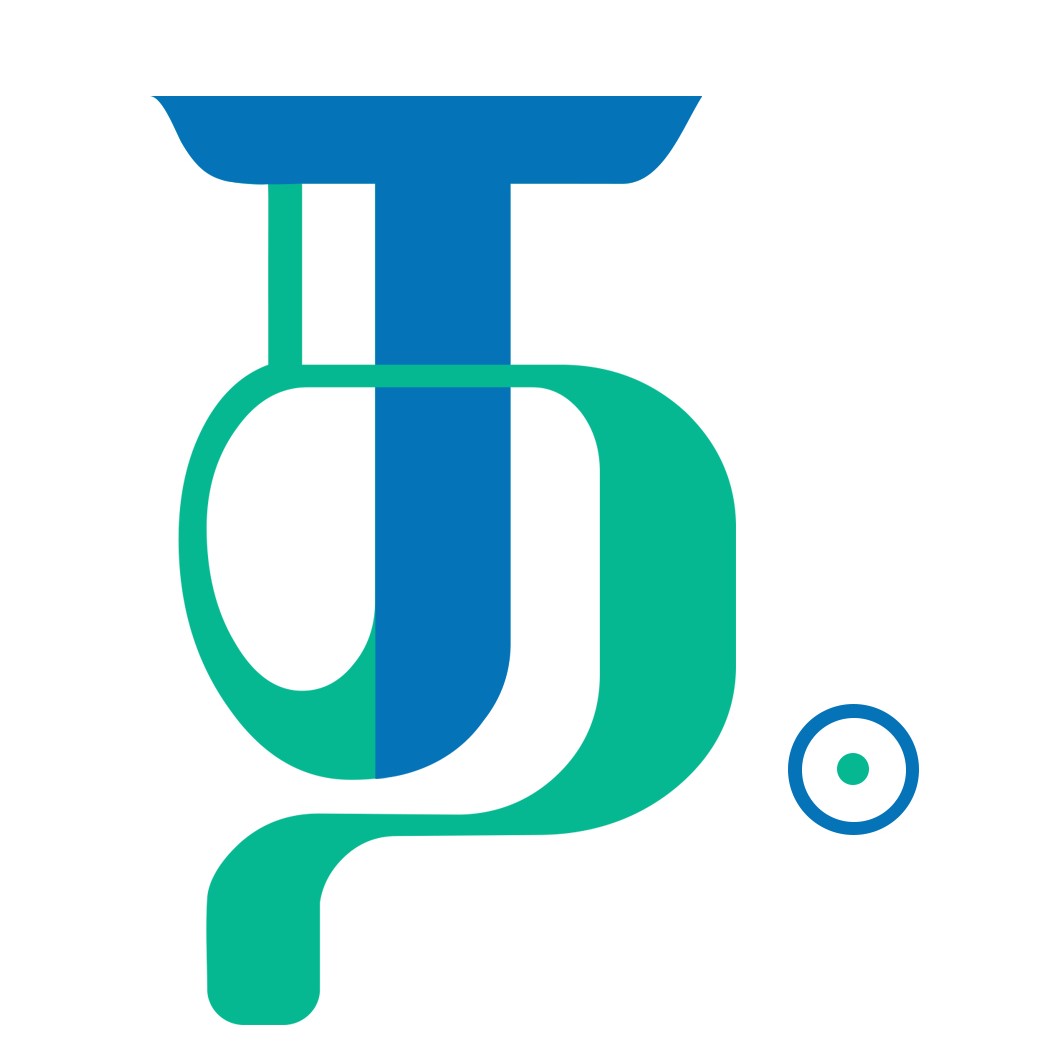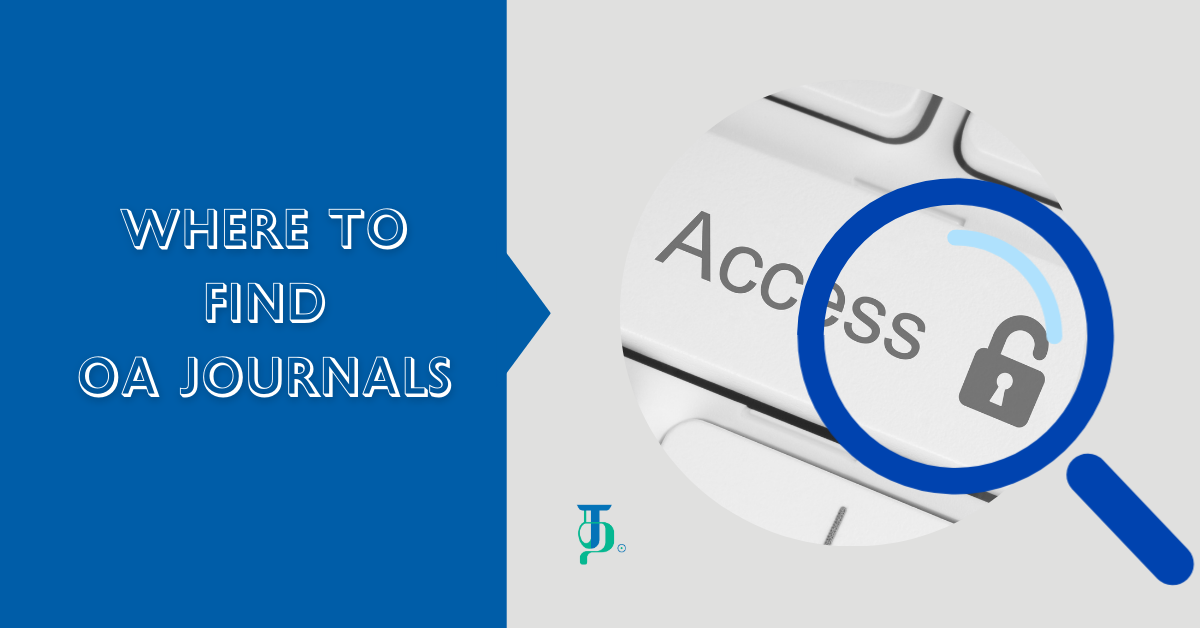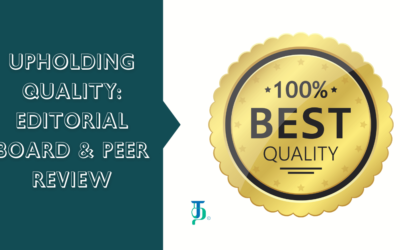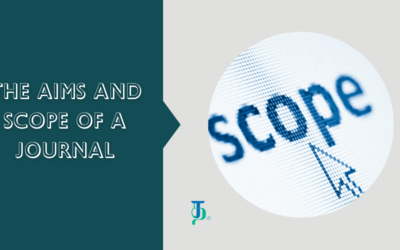So, you have decided to publish your article the open access. What next?
There are several open-access journals these days, and choosing the right journal for you can be challenging. How do you find reputable ones without falling victim to predatory journals and unreasonably high article processing charges?
Usually, you can tell whether a journal is open access from its publisher’s website. Any publication labelled ‘supports open access’ enables authors to publish open-access articles. However, that does not necessarily mean that the journal is fully open access. It could also mean that the journal practices a hybrid model where it is subscription-based but offers open access to whoever wants it. Sounds confusing? No need to fret. Here is our previous article on learning more about the different OA policies.
An open-access journal’s website lists its policies prominently on its homepage or in the “About” or “Author Guidelines” sections. As a general rule, if you are unable to find whether the journal has open access on its webpage, assume it isn’t.
Here are some of the tools available to make this process easier and to help you choose an appropriate, reliable, and high-quality publishing channel.
This article is part of the series “Publishing Your Paper”. This series discusses the different factors a researcher should consider when publishing a research paper.
DOAJ (Directory of Open Access Journals)
This is a community-driven online directory that indexes and provides access to high-quality journals. You can search for a specific journal, browse by subject or you can filter results based on open-access journals. Only those journals that adhere to higher standards of publishing are listed in DOAJ as they undergo a rigorous review process to ensure that they meet specific quality and openness standards. Each journal listed in DOAJ provides information about its open-access policy, licensing, and publication frequency. The directory also indicates whether the journal is indexed in other databases.
Directory of Open Access Books (DOAB)
This is a free service that lets you download and access academic, peer-reviewed ebooks that are available under open-access licenses. DOAB provides detailed metadata for each book, including information about authors, publishers, publication dates, and licensing. Users can access this information to understand the content and licensing terms of each book.
This database provides information about copyright and self-archiving policies of academic journals. You can use it to find out if a specific journal permits open-access archiving of articles. SHERPA is a full or advisory partner in several projects and services, which includes FACT — Funders & Authors Compliance Tool, SHERPA/RoMEO, SHERPA/Juliet and OpenDOAR. SHERPA has a new site that consolidates all these services into one handy tool and provides open-access compliance and transitional agreement look-up tools.
JANE (Journal Article Name Estimator)
This is a web-based journal selector which collaborates directly with PubMed operating from the PubMed/MEDLINE data set; meaning both MEDLINE-indexed journals as well as articles deposited into PubMed Central can be retrieved when searching on JANE. JANE allows users to easily input keywords, abstract text or author names and view related articles based on terms. Open-access journals are highlighted in the search results.
Publisher-specific search tools
While the above databases are not restricted to any publisher, big publishers include a journal finder page in their websites. From these pages, you will be able to identify journals that are relevant to your work. One of the filters available is to identify only open access journals. Some examples are Elsevier’s Journal Finder, Springer’s Journal Suggester and Wiley’s Journal Finder.
Some publishers are full open access. In other words, all journals published by them are open access. Examples are MDPI, PLOS, eLife, Frontiers and PeerJ.
There are several other tools and databases available to assist you in identifying open-access journals. I suggest using a combination of tools to determine a publication’s OA status.
It is also possible to identify open-access journals by checking the funding information. Journals funded by organizations promoting open access, such as the Public Library of Science (PLoS) or BioMed Central, are more likely to be open access. Look for funding information on the journal’s website.
Remember that predatory journals may also claim to be open access, so it’s essential to verify the credibility of a journal before submitting your work. Checklists such as Think.Check.Submit can be useful for researchers to identify trusted journals and publishers for their research. Finally, check factors such as peer review processes, editorial board members, and overall reputation in the academic community before committing to publish in any open-access journal.




